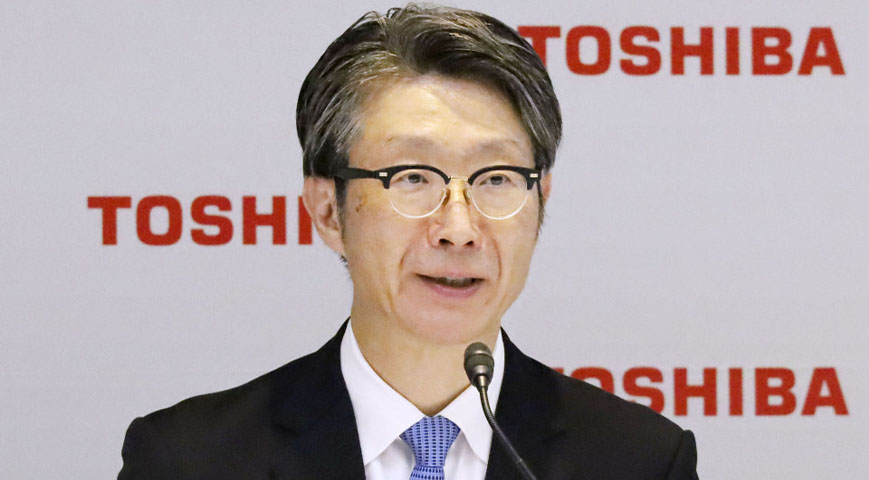Toshiba, a Japanese company, has announced that it intends to cut up to 4,000 positions domestically as part of a restructuring strategy.
The announcement comes after the firm's shares were delisted in December after a consortium took them private following a series of issues.

The workforce will be reduced by granting voluntary early retirement to staff over 50 who match certain qualifications by November.
Did you read this?
"It was a tough decision for the management to make. But we believe these measures are essential to putting Toshiba back on the trajectory of recovery and growth," A corporate spokesperson told AFP, requesting anonymity.
Large-scale layoffs are unusual in Japan, although the usage of early retirement plans or voluntary redundancy has increased dramatically.
According to Bloomberg News, the company also expects an operational profit of 380 billion yen (Ksh.327 billion) and a 10% return on sales in fiscal 2026.
It will also relocate its headquarters from Tokyo's Hamamatsucho district to Kawasaki, outside of the Japanese capital, in the first part of fiscal 2025.
Toshiba dates back to 1875 and grew into a massive corporation in the twentieth century, synonymous with Japan's postwar economic recovery.

The company became a household brand in Japan, producing everything from early laptop computers to lifts, nuclear power plants, and microchips.
However, it has recently lurched from crisis to crisis, including a large accounting scandal in 2015 and billions of dollars in losses to US nuclear subsidiary Westinghouse.
The company became a household brand in Japan and globally, producing everything from early laptop computers, lifts, nuclear power plants, and microchips.

However, it has recently lurched from crisis to crisis, including a massive accounting scandal in 2015 and billions of dollars in losses from its US nuclear business, Westinghouse.
Pressure from activist shareholders and a takeover approach from private equity firm CVC resulted in failed attempts to divide the corporation into three and then two.










